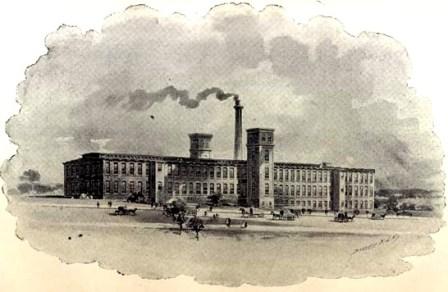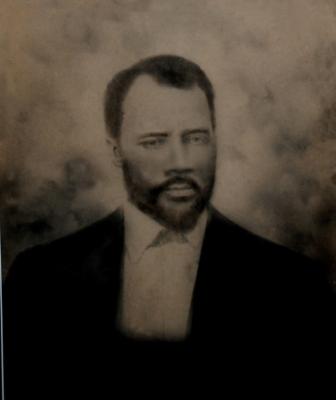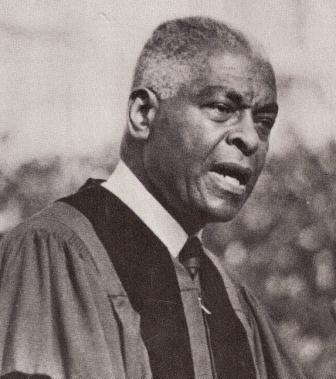|
Home of
10 South Carolina Governors
|
|
|
|
|

Agricultural
History
In the 18th century, Edgefield County had largely a subsistence economy in which the settlers consumed what they raised.
Beginning around 1800, following the invention of the cotton gin, planters began to grow cotton, which became an extremely
profitable cash crop. During the antebellum period, “King Cotton” created a plantation society based upon slave
labor. The wealthiest planters erected imposing homes both on their plantations and in the Village of Edgefield.
After the War Between
the States, cotton production continued to increase sharply until the early 1920’s. Edgefield County, like most of
the South, became a “one-crop” economy, in which all of life revolved around the cultivation of cotton.
In the early 1920’s,
the boll weevil arrived in Edgefield County devastating cotton yields. This tiny insect triggered an extended decline in
cotton production, causing a dramatic outmigration from the county’s farms and depressing the local economy for nearly
half a century.
Although peaches have been grown in Edgefield County since the 18th century, the first commercial crop was produced by William
Gregg in the 1850’s. With the decline of cotton in the 1930’s, a number of farmers on “The Ridge”
began to cultivate peaches on a commercial scale. By the late 1960’s Edgefield County’s peach production had
become nationally significant.
Forestry has always been an important part of the county’s economy. In the period after the decline of cotton, hundreds
of thousands of acres in Edgefield County returned to woodlands, much of it for the commercial production of pine trees.
 |
|
|

Kendall Mill
Industrial History About 1810, Dr. Abner Landrum developed Edgefield’s first
major industry, a pottery factory at “Pottersville.” The most famous potter in Edgefield’s history was
a literate African American slave named “Dave” whose pots, occasionally being inscribed with poems, are highly
prized by collectors and museums today.
In the 1820’s, Henry Schultz, a native of Hamburg, Germany, built the market town
of Hamburg on the Savannah River across from Augusta. A decade later the world’s longest railroad was constructed,
linking Hamburg to Charleston. Unfortunately, further railroad extensions in Edgefield County were delayed for many years,
with the railroad not reaching the Town of Edgefield until 1888.
The first textile manufacturing operation in the Edgefield
District was started by another enterprising German immigrant, Christian Breithaupt, who built a mill in 1828 on Horse Creek
at Vaucluse. In 1845 William Gregg chartered the Graniteville Company, which became the most noteworthy textile mill in the
antebellum South.
Daniel Augustus Tompkins, a remarkable engineer, businessman and industrial prophet, was an Edgefield son who had a great
impact on the industrialization of the entire South. He was the father of the cotton seed oil industry, and also designed
and built over 200 textile mills throughout the South, including the 1896 Edgefield Mill.
In the decades following World War II,
a number of national companies built manufacturing plants in the county. Today, Edgefield County’s economy is broadly
diversified, with the agricultural, manufacturing, and service sectors each providing approximately equal measures of economic
activity.
 |
|
|

|

|
|
Religion & Education
Religion has played an important part in the lives of the people of Edgefield County. In the 1760’s, the great Separatist
Baptist evangelist, Daniel Marshall, came to this area and established Big Stevens Creek and Horn’s Creek Churches.
In 1826 Edgefield Baptists, together with others from around the state, established Furman Academy and Theological Institution,
the forerunner of Furman University and the Southern Baptist Theological Seminary. The Edgefield Church later came under the
leadership of the Rev. William Bullien Johnson who became the founder and first president of the Southern Baptist Convention.
Other denominations, including Methodists, Episcopalians, and Catholics, were established here in the antebellum period.
After the War Between
the States, a remarkable former slave, Rev. Alexander Bettis, provided inspiring leadership for the freedmen, and established
over forty churches throughout Edgefield and Aiken Counties. These churches were organized into the Mount Canaan Association
and, with their combined resources, Bettis Academy, a school for the African American youth of the region, was established
in 1881. Another prominent African American educator from Edgefield County was Dr. Benjamin Mays, the president of Morehouse
College in Atlanta and a mentor of the Rev. Martin Luther King, Jr.
From early in the 19th century and throughout the antebellum period, Edgefield
County was noted for its superior schools, including the Edgefield Village Academy, the Blocker Academy, and the Edgefield
Female Academy. Later, from 1898 to 1913, the South Carolina Co-Educational Institute, located in the Town of Edgefield, was
recognized throughout the southeast for its academic excellence.
|
 |
|
|
|
|
|